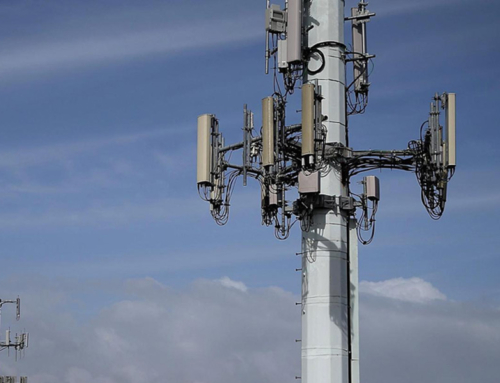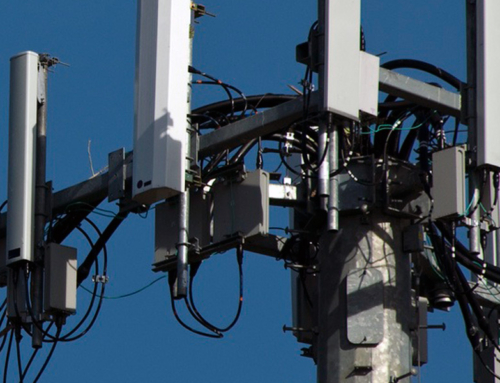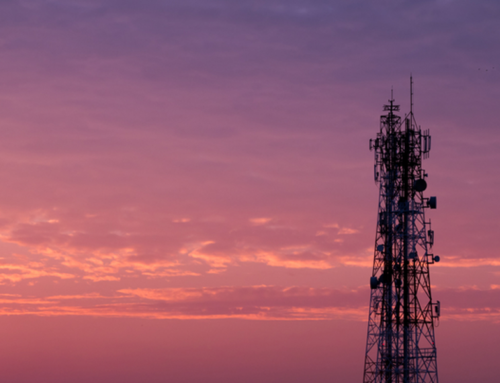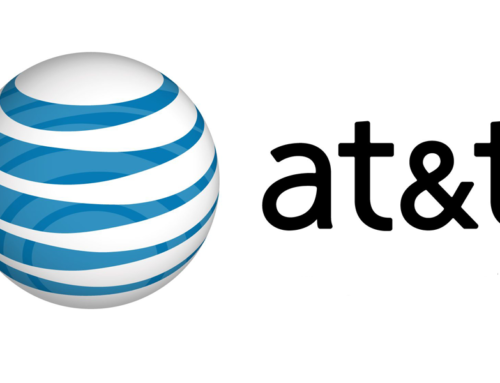Modifications to cell sites and wireless equipment happen all the time, and this type of activity shows no signs of slowing.
At this year’s Wireless Infrastructure Show, SBA Communications CEO Jeffrey Stoops commented, “There’s a tremendous amount of touches…on the macro sites today. They’re different touches than they were two years ago, when it was all about new equipment…most of what’s going on today is a lot of refarming of 2G and 3G spectrum, where you’re adding antennas and radios to handle the LTE traffic, but you’re probably also taking off some 2G and 3G radios and antennas.”
AT&T Assistant VP for Radio Access Network Hardware and Software Development Al Burke has stated that “there’s going to be a continued robust amount of activity with regard to modifications on sites.” He continued by saying that the number one driver of site amendment activity is data traffic. With that growth set to continue, modifications will be necessary.
Changes in technology require changes at the cell site—often antenna modifications. Major carriers, like AT&T, Verizon and T-Mobile, have deployed LTE on antennas that support the 700 MHz band. These wideband antennas that support more spectrum enable carriers’ maximized use of available space on towers.
Tower and rooftop modifications don’t just improve performance. Some can significantly reduce network operating costs. For example, the replacement of copper cable with fiber is a big cost-saver for mobile network operators.
What about cell site modifications is most relevant to landlords with cell site lease agreements?
First, it’s important to understand the concept of “maintenance” versus modifications and/or upgrades that are beyond the current lease entitlements—the latter would require an amendment to the existing agreement. Oftentimes, a landlord will be contacted by their carrier or tower company tenant with a request to perform “routine maintenance” at the location. Minor updates. They’ll just be in and out. Sounds harmless, right? You give the OK.
The tenant representative who requested the work is typically a sub of a sub of a sub-contractor. Their goal is to complete the tenant’s request as quickly as possible so the carrier is happy and they get paid. For this reason, it is in the best interest of the landowner to confirm that the type of work being proposed is strictly within the current lease entitlements. If not, the landowner could be in a position to increase their compensation depending on the level of work being done.
If presented with an official cell site amendment, leaseholders should still be wary. Issues can arise and often relate to:
• The scope of activity carried out on your land
• Technical modifications, such as the number or size of antennas installed on your land
• Rent reductions
• Your ability to sell the land
• Tenant allowances for upgrades, expansions or modifications without your future consent
Suggested amendments could harm your property, decrease the value of your land, and affect your financial future. To protect your property and your pocketbook, it is crucial that you, as a landlord, fully understand what is being requested in order to determine the implications.
A cell site lease agreement expert can help you decipher exactly what type of “routine maintenance” is being proposed and if that “routine maintenance” is in fact a material change that requires an amendment. In some cases, the entire contract can be renegotiated and your lease rates can be drastically increased.
The Filo Group can guide you through determining exactly what is being asked of you and what response is in your best interest. If you receive notice of cell site modifications needed at your property, contact us for help right away.








